
Delve deeper into Victoria's immigration history
Victorians come from more than 200 countries, speak 260 languages and dialects and follow 135 religious faiths. Use these websites for personal research or in your classroom.

Victorians come from more than 200 countries, speak 260 languages and dialects and follow 135 religious faiths. Use these websites for personal research or in your classroom.
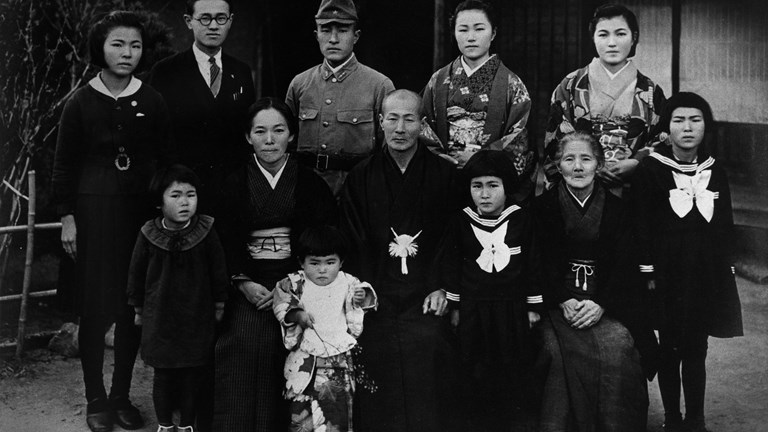
Everyone who immigrates has their own unique story to tell. Explore these stories – why they came, where they settled and how they made Victoria their new home.
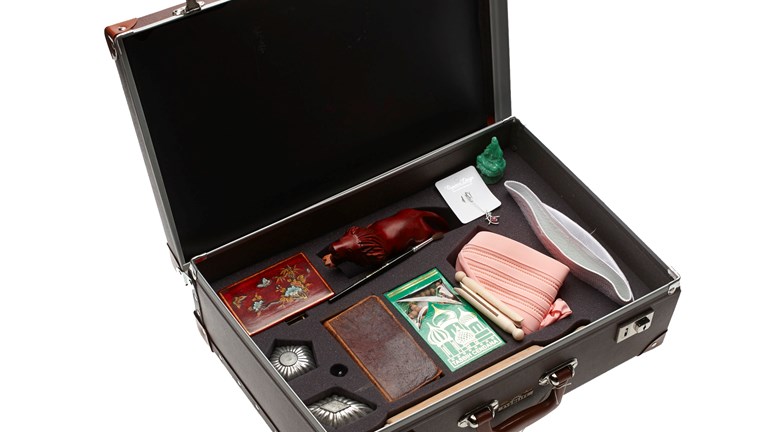
YEARS 3–5
This resource supports the use of the What's Your Story? learning kit in the classroom.

The stories behind On Their Own, a touring exhibition about the international history of child migration.
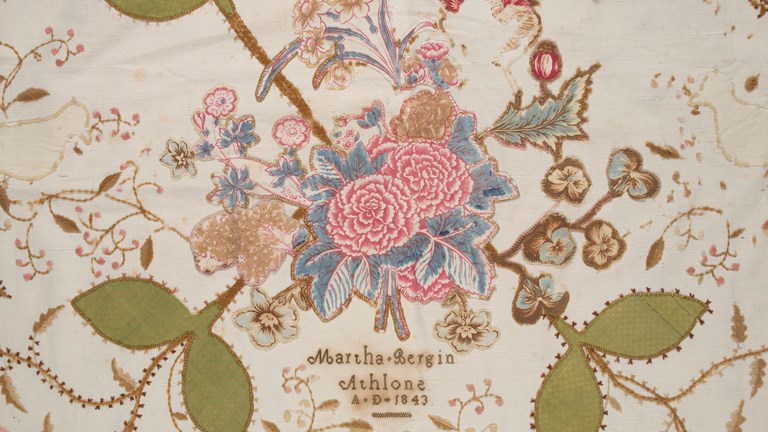
Use our step-by-step guide to help research your family or community history.
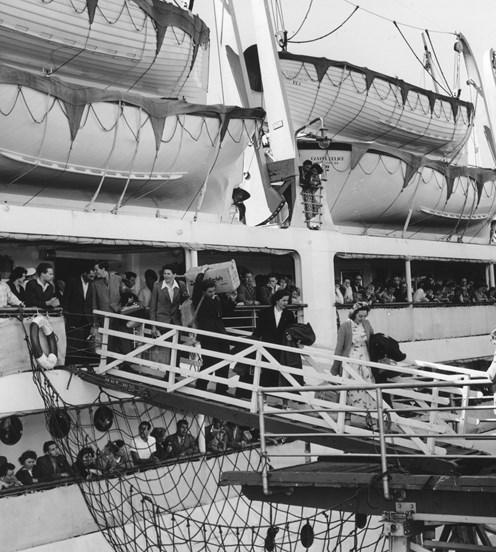
What are your origins? Where have Victorians come from? Why did they come?
Origins is based on government census information gathered in Victoria since 1854. The 1971 Census was the first Australian Census to fully include Aboriginal and Torres Strait Islander people, Australia’s First People. Because of this, the Immigration Museum acknowledges that Census data preceding 1971 cannot provide an accurate representation of the Australian population.

Home of the Immigration Museum, explore the rich history of one of Melbourne's most important 19th century public buildings.
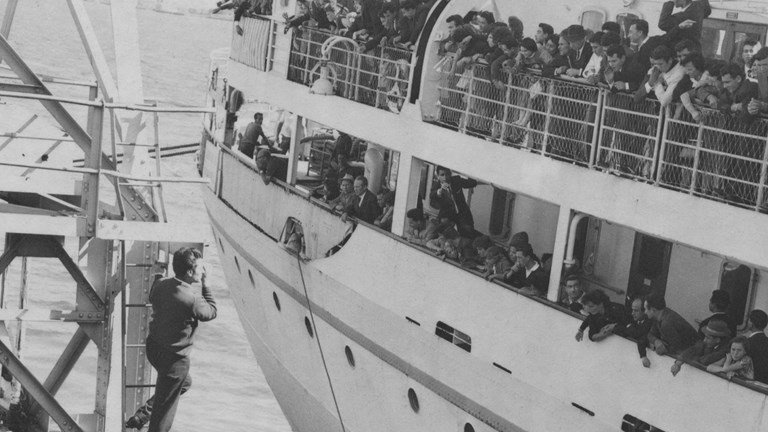
Immigration is a vital feature of Australia's history and national identity. Celebrate the journeys that changed Australia forever.
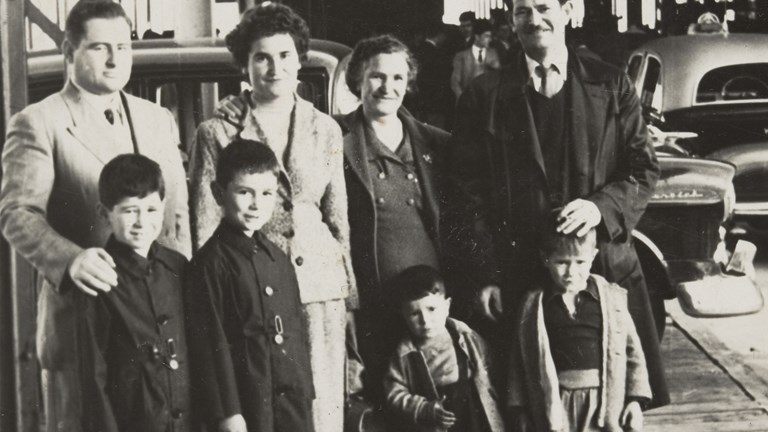
Melbourne’s heritage-listed Station Pier was Victoria’s most important arrival point for migrants. Find out why it plays such an important part in Melbourne’s migration history.
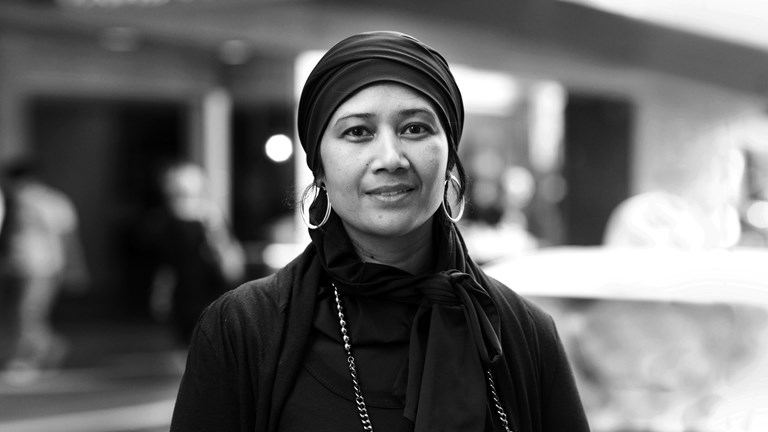
What does it mean to belong and not belong in Australia? Through personal stories and compelling images, find connections with others and challenge the assumptions we make about each other every day.

Museums Victoria and Immigration Museum are collaborating on a project led by University of Western Australia, to examine how images have historically and culturally defined, contested and advanced notions of Australian citizenship.
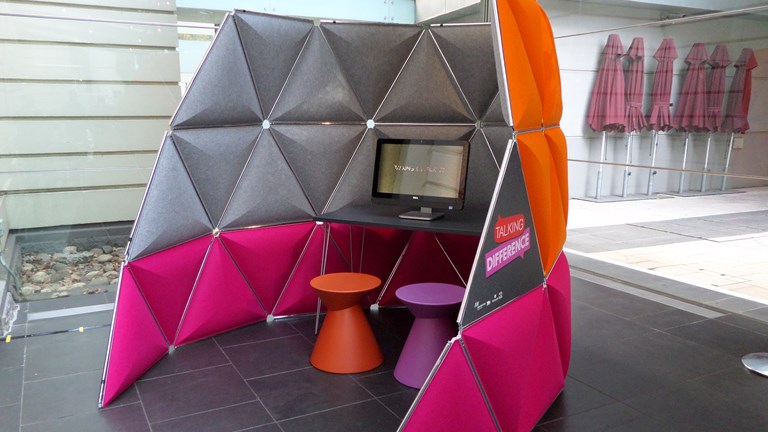
Funded by VicHealth, the Talking Difference portable studio challenged race-based discrimination in Victorian schools and communities from 2010–2016.
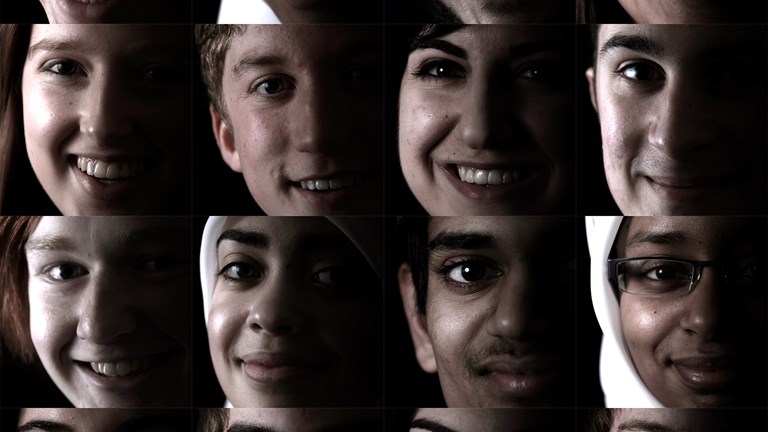
In this series of videos, students from a range of faiths and cultures discuss diversity, spirituality and what it means to be Australian.
The Museum’s Migration and Cultural Diversity collection includes over 9000 objects, documents, photographs and oral histories, and over two thirds of the collection can be found on the Museums Victoria Collections website. Below are selections from the collection—once you are in, you can use keywords to make your own searches to explore this diverse collection!
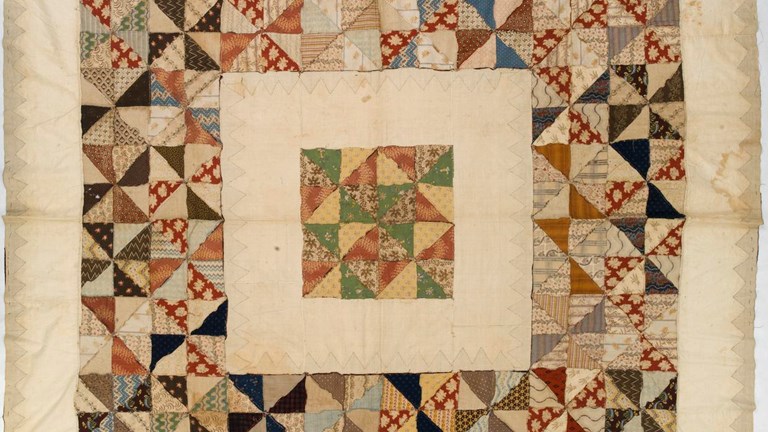
A collection relating to migration to Australia, and particularly Victoria, from the nineteenth and early twentieth centuries.
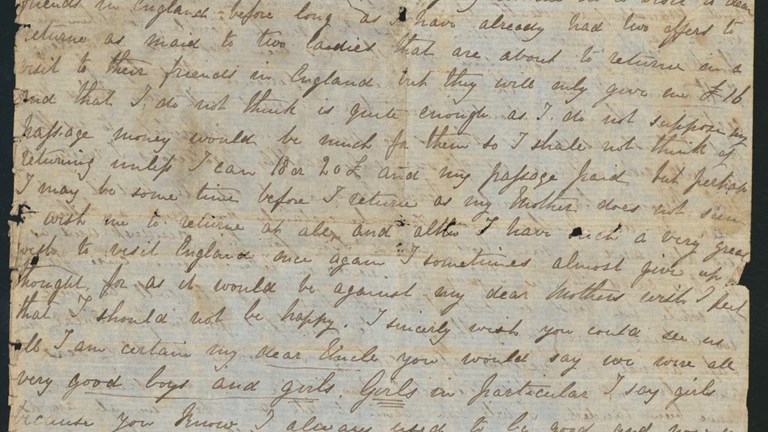
Letter written by Rebecca Greaves to her uncle in England containing an interesting and detailed account of what life was like in Melbourne during 1851.
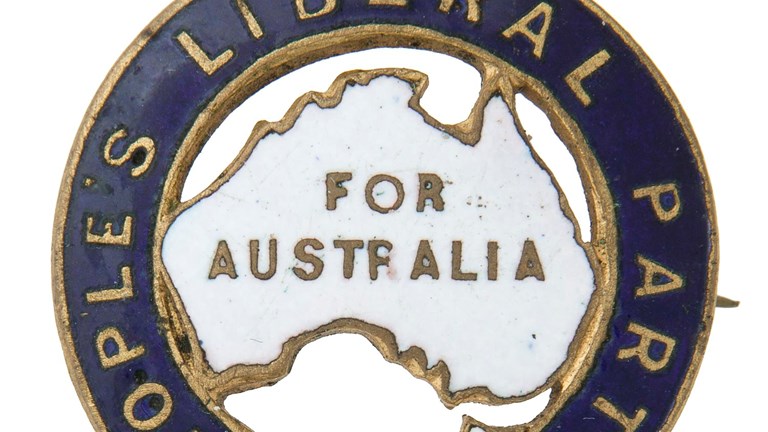
During the long political process that led to Federation, a stronger sense of what it meant to be Australian was formed.
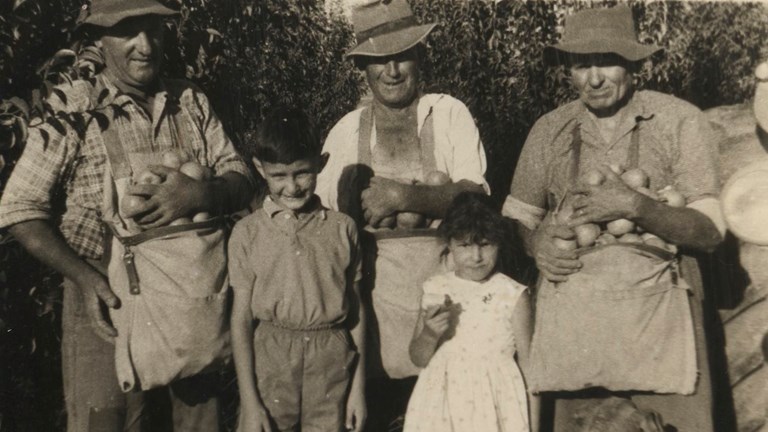
This collection of original and digital photographs is the result of a research collaboration (2016-19) between Museums Victoria and Dr Dzavid Haveric.

The Sigalas family's immigration story is a rich narrative, told by over 80 objects, which relates to a number of themes in the social and immigration history of Melbourne.
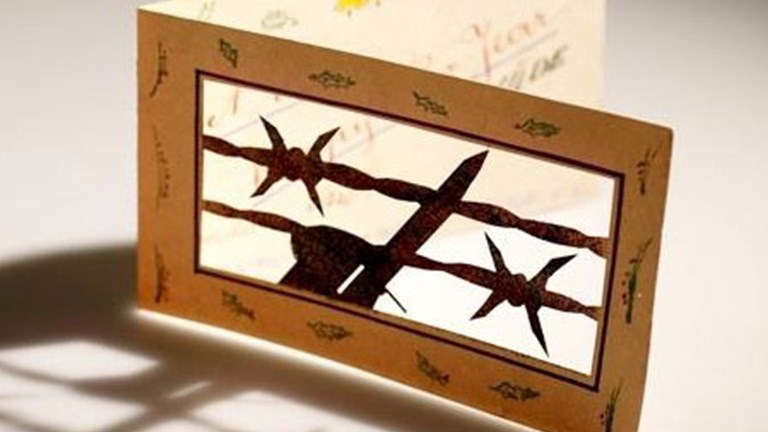
Karl Friedrich Muffler, was born 14 June 1900 in south-west Germany, he qualified pastry chef and confectioner in 1917.

Cuc and her husband Huu Minh who escaped from Vietnam in a river boat on 19 May 1978.
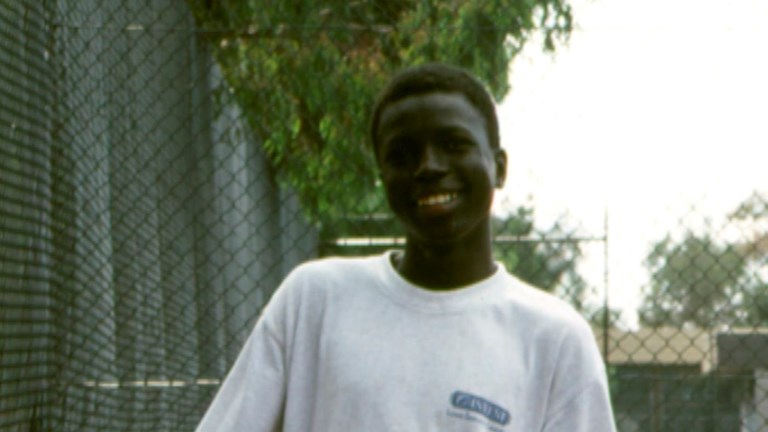
Bul was 13 when he arrived in Australia in October 1996 with his parents, younger sister and brother.
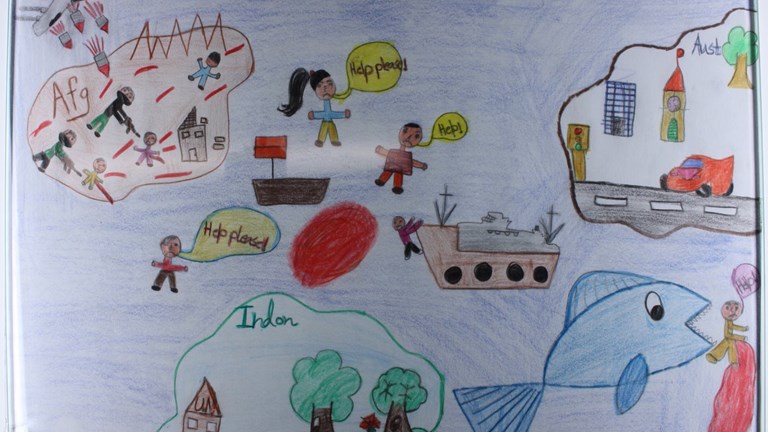
Zahra Jaffari was a teenager when her family (from the Hazara ethnic minority) fled Afghanistan around 2015. They lived in difficult circumstances in Indonesia, awaiting acceptance to come to Australia, which was Zahra's dream. That dream didn't eventuate, and she now lives in Canada.
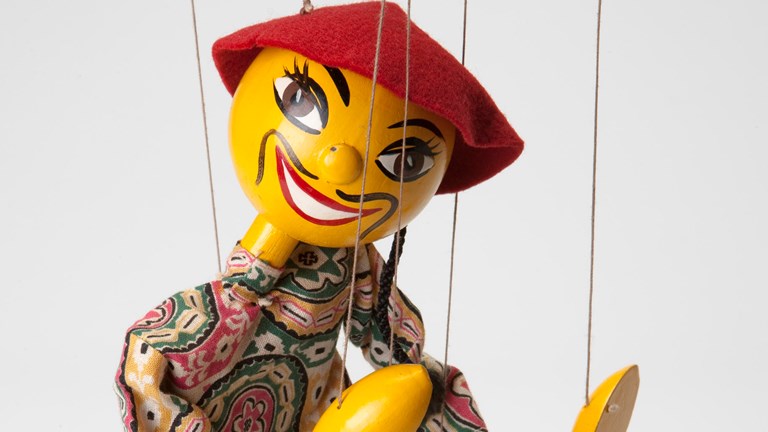
Many objects and images in the Museum's collections depict racism, cultural stereotyping and cultural appropriation.
We are making improvements to our website and would love to hear from you about your experience. Our survey takes around 10 minutes and you can enter the draw to win a $100 gift voucher at our online store!
Museums Victoria acknowledges the Wurundjeri Woi Wurrung and Boon Wurrung Bunurong peoples of the eastern Kulin Nations where we work, and First Peoples across Victoria and Australia.
First Peoples are advised that this site may contain voices, images, and names of people now passed and content of cultural significance.